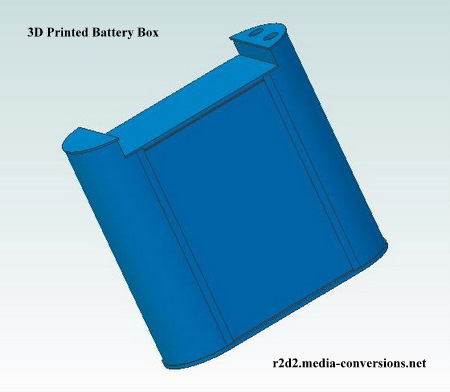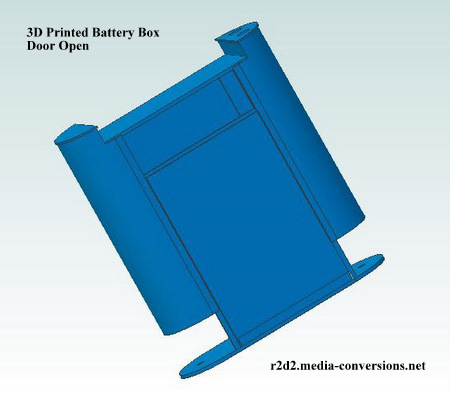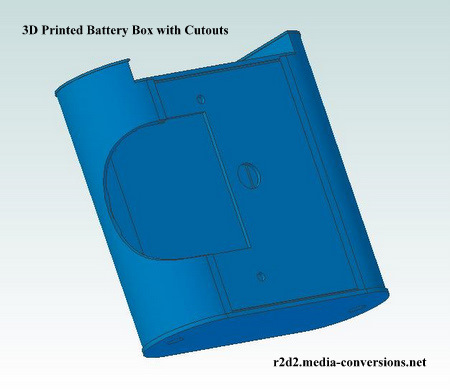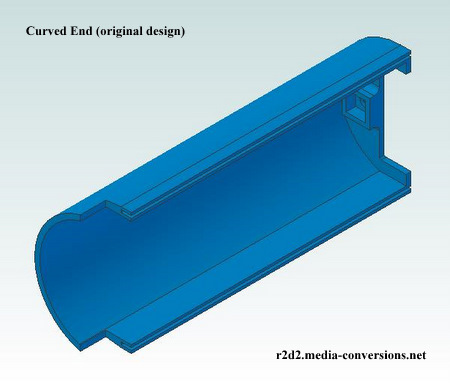 |
This is actually the second version of
the curved end design. The first one utilized a Barrel Nut. However, in
order to install the nut there was a separately printed 3D part that
held the nut and then that part was glued into the curved end.
Converting the design to a square nut meant that the nut trap could be
printed as part of the curved end. |
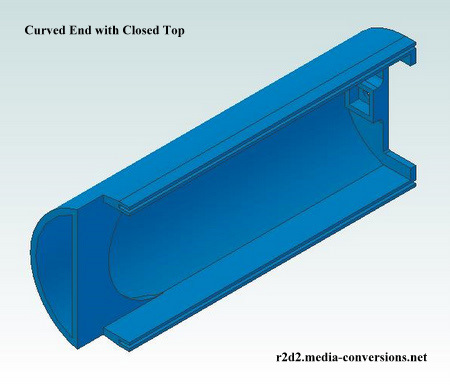 |
I actually cut parts to go with the
original version and got to the point of assembling the prototype when
I realized that I was hand fitting a small piece of plastic at the top
that should have been printed as part of the design.
I didn't
think of doing it originally since it represents what's called a
"bridge" in 3D printing terms. However, adding the curved transition
makes the "bridge" easy to print reliably. |
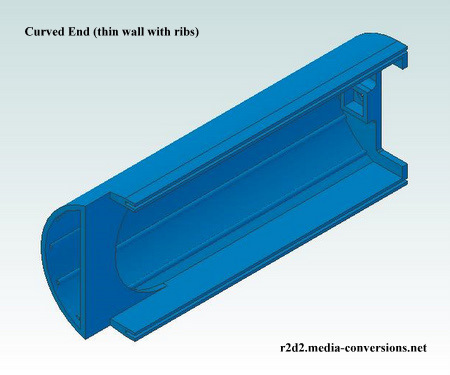 |
I thought I was done designing curved
ends when the one I was working with slipped out of my hands and hit
the concrete floor of my workshop. To my surprise it had split along
the print layers. Something that I had not experienced with other
parts I've printed. This one, however, at over 7 inches in height, is
the tallest part that I've printed so far. There were a few changes
made so that the parts were more durable. First, I enclosed the printer
to raise the ambient the parts are printed in from ~20 deg. C to ~25
deg. C. Second I increased the temperature of the extruder from 230
deg. C to 234 deg. C. This helps the layers stick together better.
Finally, although it's counter intuitive, I reduced the wall thickness
of the part from .125 in to .1 in while at the same time increasing the
internal fill ratio from 20% to 80%. Basically it means the parts are
almost solid. Internal ribs were also added to strengthen the parts. They can now survive 3 drops without any damage! |
